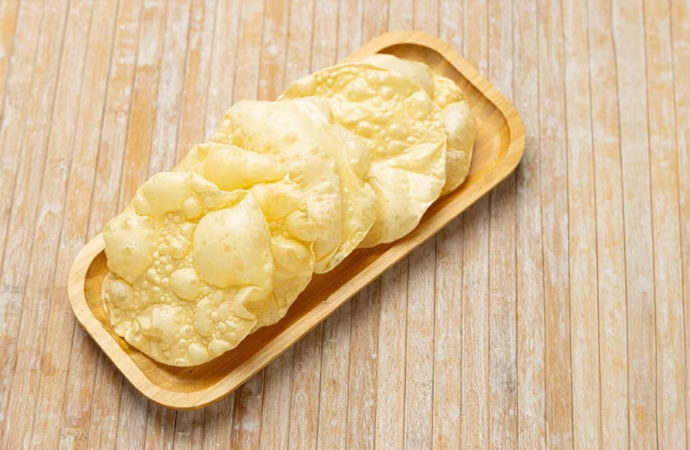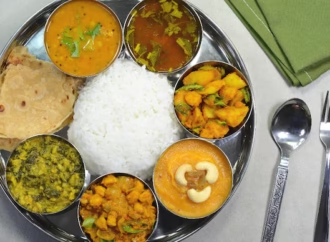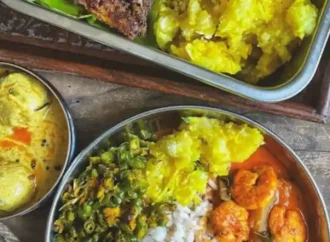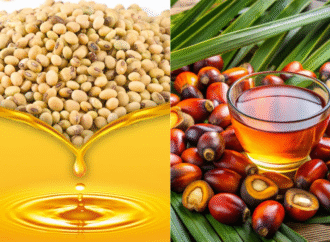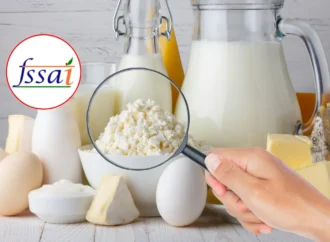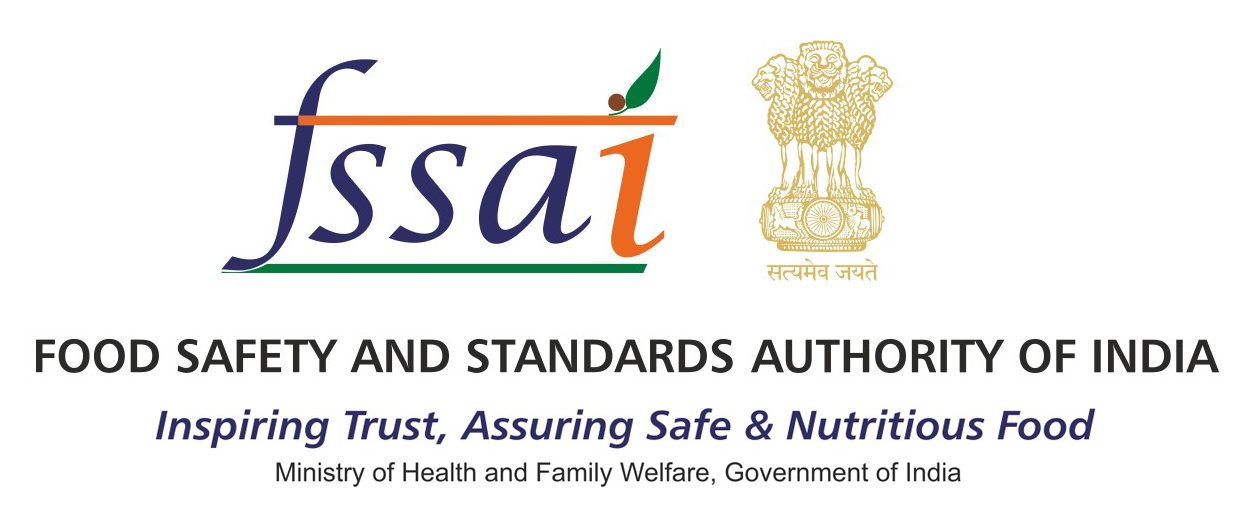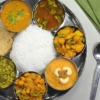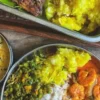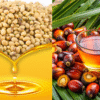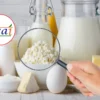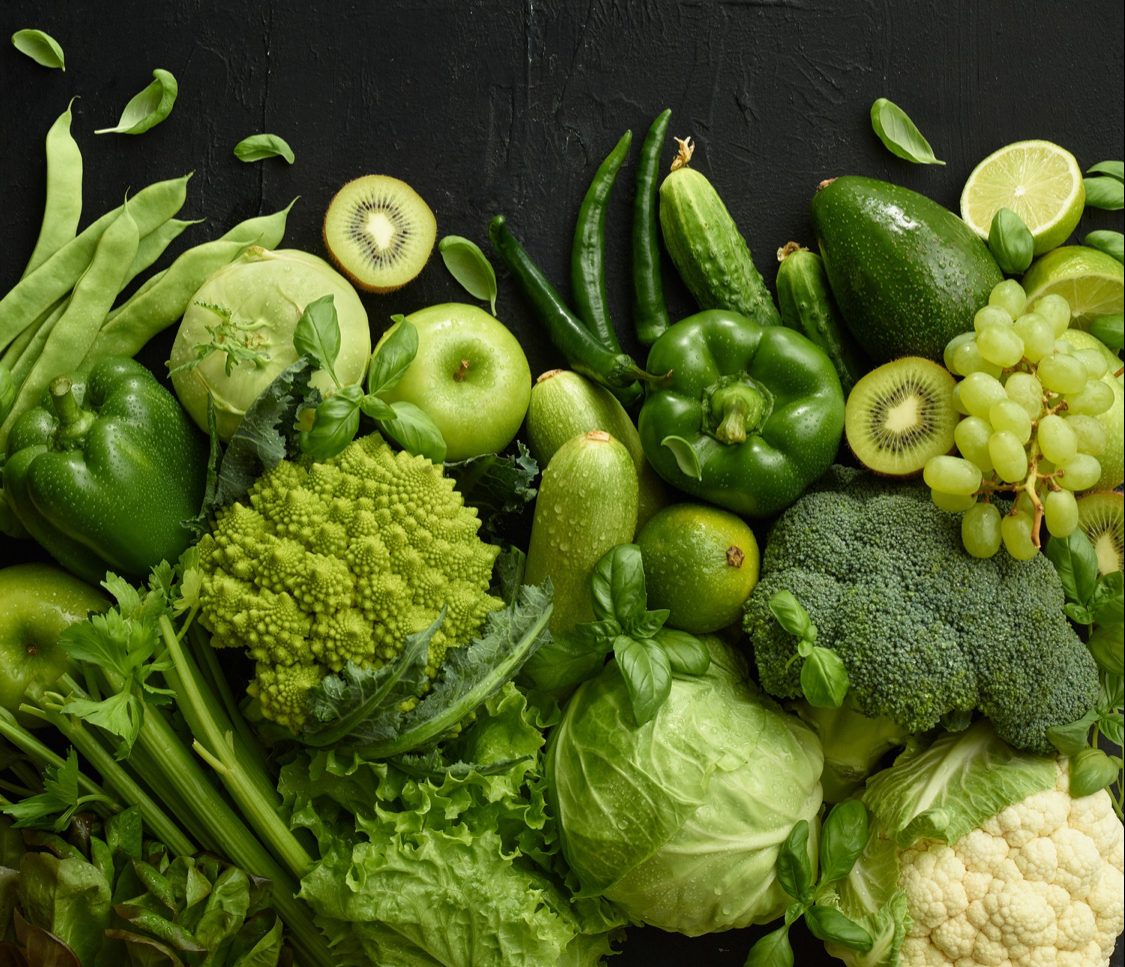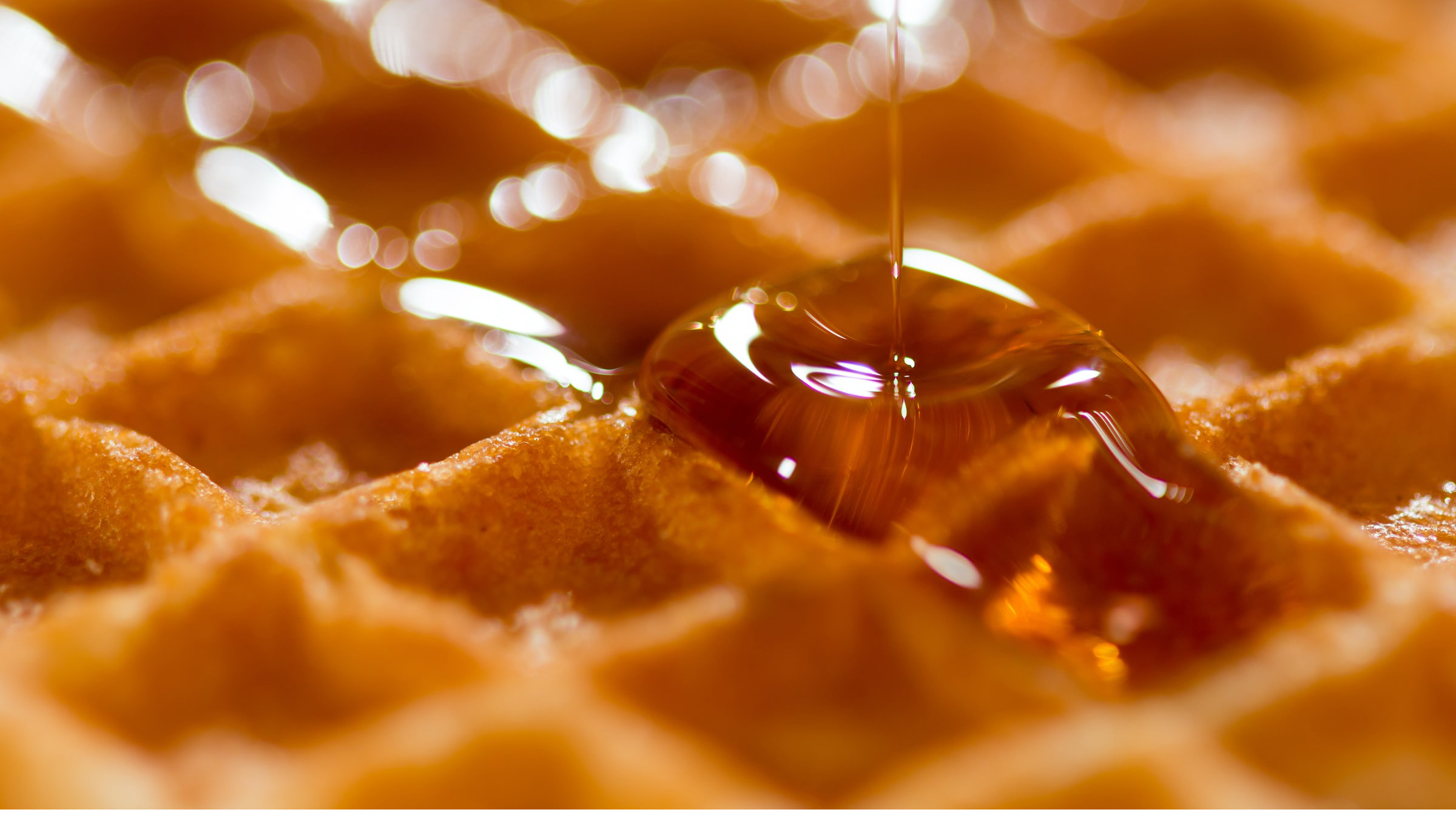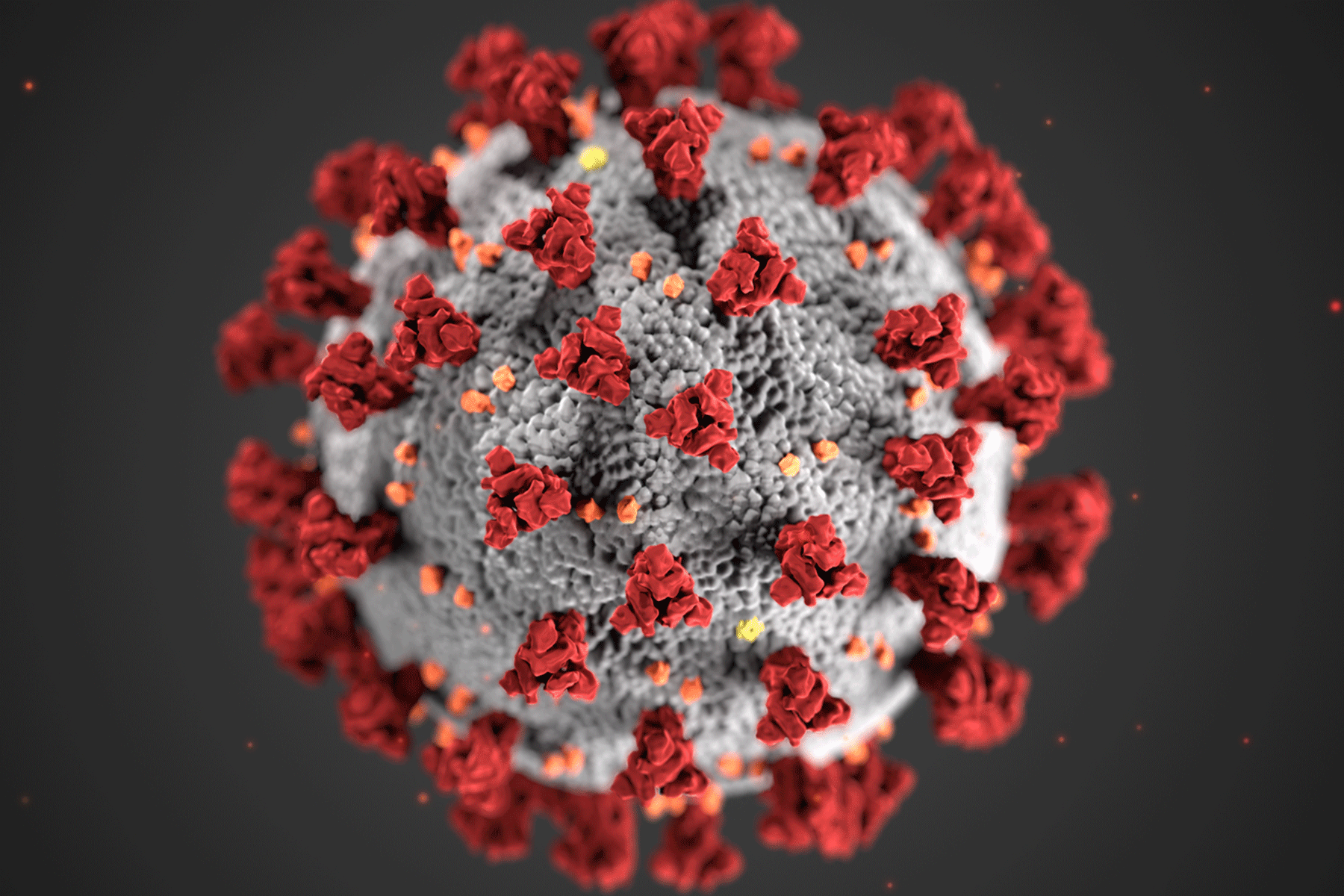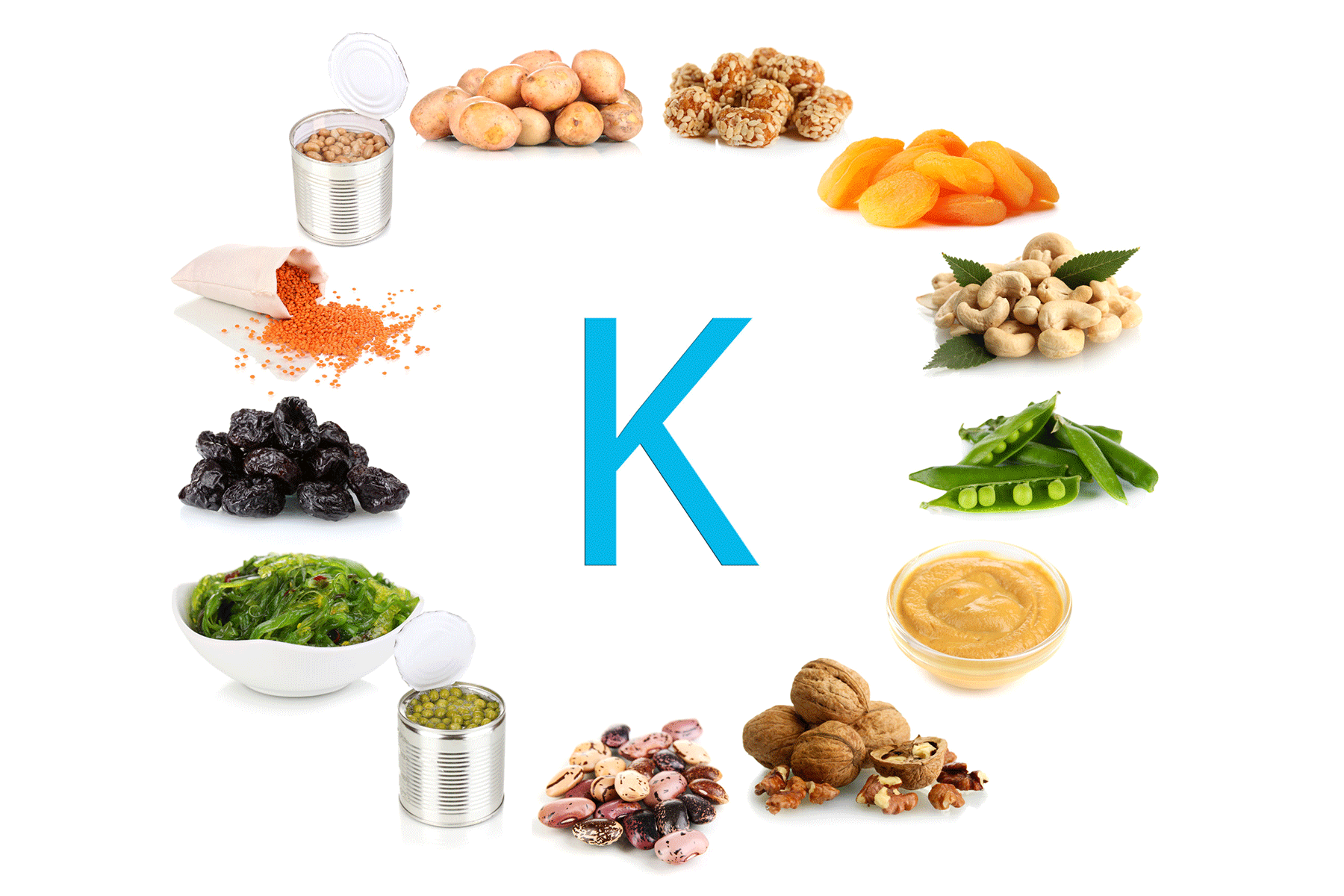Authors: Kochurani Abraham, Linda Joise George and Sunitha Poulose
In Kerala cuisine, few items are as iconic and essential as the humble pappadam. Crisp, aromatic, and golden when fried, it’s more than just a side dish; it’s a staple of everyday meals and an inseparable part of festive dining. Its importance is especially evident during Onam, where the Onam Sadya, Kerala’s grand traditional feast, is considered incomplete without it. Served with rice and an array of curries and accompaniments, the pappadam adds a unique crunch and contrast, balancing textures and enhancing the overall meal experience. It’s not just food; it’s tradition on a plate.
Today, however, this cherished item is quietly being altered. Pappadams traditionally made from urad dal are increasingly being replaced by those made from maida (refined wheat flour). The difference is hard to spot; these maida-based versions look and taste deceptively similar. But behind this imitation lies a hidden nutritional downgrade that consumers are rarely aware of. When such changes infiltrate even our most sacred meals, it’s not just health that’s compromised, it’s the authenticity of our food heritage.
From Wholesome to Hollow: A Cost-Driven Shift
Traditionally, pappadams are made from urad dal, a nutrient-rich lentil prized for its high protein content, dietary fibre, and essential micronutrients such as iron, potassium, and B vitamins. This not only lends pappadams their signature texture and flavour but also makes them a valuable nutritional addition to the Indian diet.

However, in recent years, the price of urad dal has surged to over ₹140 per kilogram, prompting many manufacturers, especially in the informal or unregulated sector, to substitute it with maida, which costs less than ₹40 per kilogram. On the surface, this may seem like an economically efficient compromise. But in reality, it represents a silent shift from a wholesome, protein-rich product to one that is highly refined, nutritionally depleted, and potentially harmful.
How Maida Alters Nutrition and Safety
Swapping urad dal for maida may seem harmless, but the impact runs deep. This change not only strips away vital nutrients but also introduces potential health risks. From hidden additives to poor digestibility, maida transforms the humble pappadam into a less wholesome and sometimes harmful food.
Nutritional Collapse
Urad dal contributes 18–25% plant-based protein, essential for muscle repair, immunity, and metabolic health. Maida, by contrast, is heavily processed and stripped of nutrients. It offers empty calories with little or no fibre, protein, or micronutrients.
Use of Unsafe Additives
To mimic the elasticity and crispness of urad dal pappadams, some manufacturers add non-food-grade agents like washing soda or industrial binders. These help simulate texture but can irritate the digestive system, disrupt gut flora, and potentially damage internal organs over prolonged consumption.
Chemical Bleaching and Contaminants
Maida is often chemically bleached using substances like benzoyl peroxide or chlorine dioxide. While permitted in limited quantities in some jurisdictions, these chemicals have been linked to gut inflammation, toxic residues, and, in some studies, carcinogenic effects when consumed regularly.
Gluten and Digestive Distress
Unlike urad dal, maida contains gluten, which can trigger reactions in people with celiac disease or gluten sensitivity. Moreover, its lack of fibre can impair digestion, leading to constipation, bloating, and other gastrointestinal issues.
Blood Sugar Spikes and Lifestyle Diseases
Maida has a high glycaemic index (GI), meaning it causes rapid blood sugar spikes. This can contribute to insulin resistance, weight gain, and a heightened risk of type 2 diabetes, heart disease, and obesity, especially concerning in communities where pappadams are eaten daily.
Why This Change Often Goes Unnoticed
The switch from urad dal to maida is subtle and often undeclared on packaging, especially in unbranded, roadside, or small-scale packaged varieties. With no obvious changes in appearance or taste, most consumers remain unaware that what they are eating has been fundamentally altered. This deception is especially problematic because pappadam is often viewed as a minor component of the meal or Onam Sadya, leading people to overlook its nutritional importance. But as food safety experts point out, the impact of adulterated food, even in small quantities, should not be underestimated. Regular consumption of such items can slowly contribute to long-term health issues, especially when low-quality or non-food-grade ingredients are involved.
Anecdotal reports and local investigations suggest that a significant portion of pappadams sold in open markets or through smaller brands are no longer made from urad dal. Yet without strict regulation or routine testing, the full extent of this practice remains undocumented. Food safety advocates are calling for greater transparency, including clearer labelling, random inspections by authorities, and tighter oversight of food-grade ingredients used in traditional foods. What’s at stake is not just consumer health, but also the integrity of Kerala’s culinary heritage.
Conclusion
The pappadam industry stands at a crossroads. What began as a cost-saving measure has evolved into a systemic issue of nutritional adulteration. Without intervention, we risk losing not just the original essence of a traditional food, but also jeopardising the health of millions. Restoring the integrity of pappadams requires action on multiple fronts: tighter regulation, informed consumers, and responsible manufacturing. Let us remember that real pappadams are not just tastier but also healthier, safer and culturally authentic. It is time to bring them back to our plates unaltered and uncompromised.
 Food Manifest
Food Manifest 